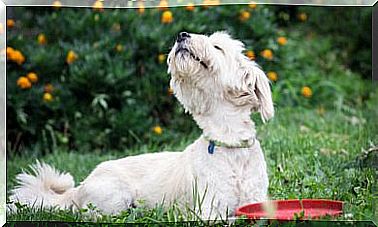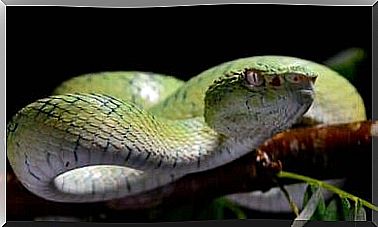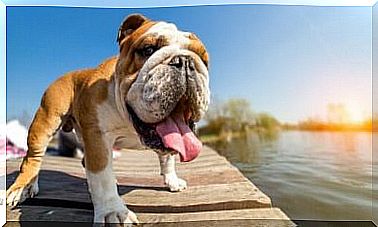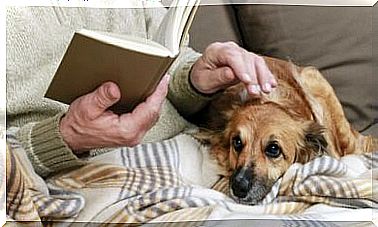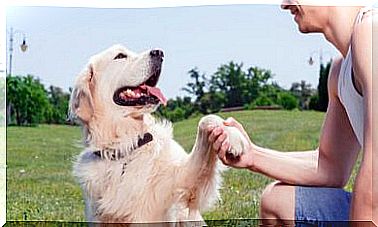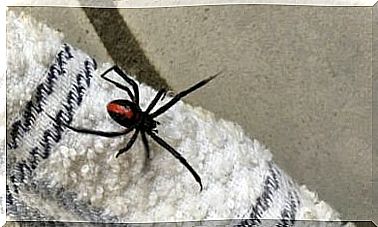Dog’s Snout: Everything There Is To Know About Them

When we sleep, watch a movie on the sofa or cook, our pet shows us that it is keeping us company by touching us with its cold and wet muzzle. It is one of the most beautiful displays of affection there is! In this article we are going to tell you everything you need to know about the dog’s snout, which should be treated sensitively as it is very delicate.
What should you know about the dog’s snout?
If you have dogs at home, you’ve probably noticed that their sense of smell is much more developed than ours. To be precise, it is about 60 times more sensitive than that of humans. Through the nose, dogs can find a toy, a person lost in the mountains, or their owner when lost.
The dog’s snout contains around 300 million olfactory receptor cells. You can detect the smell of hormones and the energy of other beings (including humans). That’s why they can even smell where you were and who you were there with when you get home.

The dog’s snout is fundamental
Since the dog’s snout is one of their means of communication, keeping it in good condition is important. Although many people believe that if the animal is hot or dry, the animal has a fever, it could also be because the animal is very close to the stove or heater.
Other reasons have to do with sunbathing or because the environment in which the animal sleeps does not have enough air circulation. In these cases, it is necessary to find out the exact cause of the rise in temperature on the nose and monitor whether it cools.
The color of the dog’s muzzle depends on the pigmentation of the skin (as is the case with us). There are some breeds that have black snouts, others are brown, there are also red and beige … and each of these tones could need special care. Clear snouts can be more sensitive to contact with the sun.
In this case, it is recommended to apply a protective cream prescribed by the veterinarian. However, we will always have the problem that he will lick them off with his tongue. Do not allow your dog to be exposed to UV rays for too long if they have clear skin because they could develop melanoma.
If you see that your dog’s apron is “cracked” or very dry, has sores, crusts, or dried blood, you should take him to the vet to see if he has any illness. Another warning sign is the growth of tissue in the form of cauliflower, bumps, or yellow, green, black, or bloody droppings.
Why is the dog’s snout damp and cold?
The moisture and low temperature in the animal’s snout serve various functions. If for any reason it is no longer cold and wet, he can use his tongue to restore it to its normal or adequate state. The wet dog snout has the following functions:
1. To cool him down
In this way, they can compensate for excess body heat, much like a fan. The body temperature is reduced by the tongue and panting. They use their saliva to cool their noses. The nasal glands supply a large part of the water that is in the snout. Therefore it should always be wet.

2. To get better signals
A wet muzzle is synonymous with the health of the animal, but also with a larger amount of odorous substances. This increases the odor output even further. It also facilitates neural transmission to the brain. The moisture in the dog’s snout acts like a “water slide” because it drives the odor molecules so that they can be recognized more quickly.
3. To impregnate yourself with smells
We do not understand many of our dogs’ behaviors or habits; for example, why they love to sniff at lazy things or dead animals. And what’s worse, why do they get so close to the object and get their muzzle dirty. Well, because that way they know better what they found! The information is analyzed more effectively when the smell is close to the snout.
